Several years ago, I was out on a long walk along a stretch of the Mississippi River that flows between St. Paul and Minneapolis. Since I was walking alone and not in a rush, I stopped to rest and read the park signs. I’d probably seen these signs dozens of times and walked on by. But lucky me. On this particular day, I was paying attention.
A new idea fluttered out of this sign and circled overhead. It started me on an exciting journey with my newest book, Follow the Flyway: The Marvel of Bird Migration. Here I am along the river at the spot where it all began.
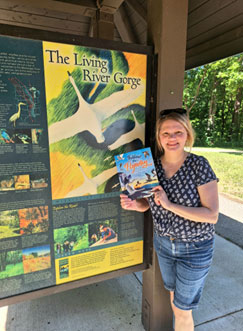
The sign explains that more than three hundred bird species — from tiny warblers to giant pelicans and almost half of North America’s waterfowl — migrate along the Mississippi Flyway. Wow, I remember thinking. That’s got to be billions of birds. But what exactly was a flyway? How did birds find them? Did all migratory birds follow flyways? And why, if I lived on such a major route, had I never heard of them? Did other adults already know this flyway concept? I was full of questions.
Up until this moment, I confess I had a relatively elementary-school-like understanding of how and why birds migrate. When our resident birds left the chilly north in autumn and returned to us at spring melt, I noticed and enjoyed these changes, but hadn’t really given a great deal of thought to the routes birds traveled or the skies and landscapes they experienced while they were away. Yet despite having more questions than answers, I knew almost immediately that I wanted to write a story about flyways. The idea had to flap around in my head a few more years, but finally, it fluttered down and landed.
Researching and writing Follow the Flyway was a joyful journey for me. I learned many delightful new things about nests and eggs and charming baby birds. I also corrected my grade-school notion that birds fly like arrows north and south and discovered answers to my questions about how birds really navigate their journeys.
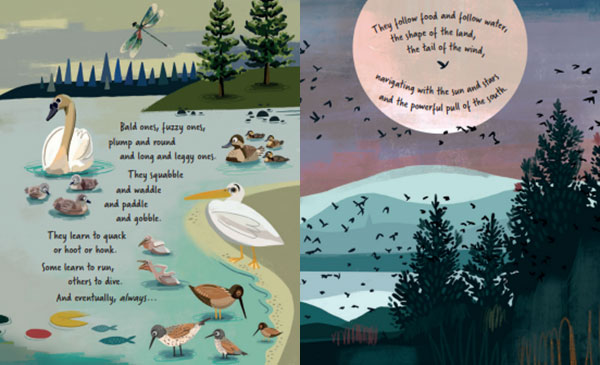
Follow the Flyway: The Marvel of Bird Migration, Barefoot Books 2023
I learned that migrating birds follow leaders, landmarks, food sources, and water. They’re steered by sun and stars and pulled like magnets toward the poles. I learned that some birds — even very young ones — migrate all alone while others power on together in giant flocks for hundreds of miles in a single day.
Throughout the process, I found that many other adults were, indeed, unfamiliar with flyways, too. People often asked, “You mean flyaway, right?” Others assumed that “flyway” was a whimsical word I’d created to convey flight and mass movement — a highway for birds — which is a great idea and no doubt the origin of the term… So what are flyways?
Flyways are ancient, well-traveled migration routes, followed by myriad migratory bird species, generation after generation. Flyway routes exist all over the world. In North America, we have four major flyways (the Pacific, Central, Mississippi, and Atlantic), stretching from the Arctic through Mexico, Central America, the Caribbean, and beyond.
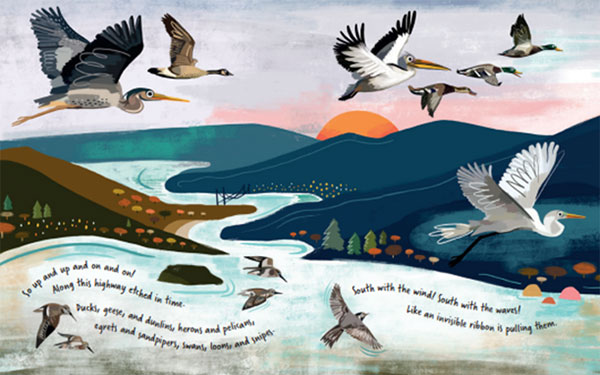
Follow the Flyway: The Marvel of Bird Migration, Barefoot Books 2023
Not every migratory bird follows one of the major flyways, but most do. The water-rich Mississippi Flyway, in particular, is a common route for ducks, geese, and swans and many other water-loving birds like herons and egrets because of the ready availability of watery, plant-filled stopover sites. While some small birds do make nonstop migrations, most migratory birds rest periodically along their way. The Mississippi River and its lush, tree-filled valleys, its tributaries, and adjacent wetlands and grasslands provide birds with the habitats they need when it’s time to fuel up on fish and pondweed or sleep and preen in hidden pockets of reeds.
It turns out, in fact, that migration is often all about habitat. And if we think about migration not simply as extremely long flights, but as journeys through a series of habitats, and that each habitat must be clean and safe and filled with the food, water, and biodiversity that each new generation of birds needs, then it changes us. It enriches our relationships to the birds we love, and hopefully, enlivens and informs how we teach children to think about our human habitats. After all, we share them with the birds, who rely on us to protect and preserve ecosystems everywhere, so that birds, too, can live out their destinies and continue to make their ancient voyages.
That more of us are not already well-versed in the ways of birds and flyways is no doubt a reflection on our anthropocentric modern world. We tend to think (and teach the children) that wildlife and wild phenomena exist outside of us. Nature is elsewhere. But birds flap in the face of such nonsense. They swoop down and bring wild nature right into our neighborhoods. They fill our lives and landscapes with playful song and flight. Isn’t it exciting to consider that we share their flyways?
Follow the Flyway:
The Marvel of Bird Migration
written by Sarah Nelson
illustrated by Maya Hanisch
Barefoot Books, 8 August 2023
Journeys with twelve bird species as their babies hatch, grow, dabble and waddle, learn to honk, hoot, dive, and fly, and make their first migration along the majestic flyway. Illustrated back matter delves into the marvels of migration, the four North American flyways, and fun facts about each of the featured birds.
There are number of other lovely migration books for children, usually following an individual bird or flock. Here are some of my favorites.
The Long, Long Journey: The Godwit’s Amazing Migration
Written by Sandra Markle; Illustrated by Mia Posada
(Millbrook Press, 2013)
Charts a young godwit’s nonstop flight from Alaska to New Zealand.
My Happy Year by E. Bluebird
Written and Illustrated by Paul Meisel
(Holiday House, 2020)
A series of sweet journal entries by E. Bluebird, recording its first year of life and first migration.
Numenia and the Hurricane: Inspired by a True Migration Story
Written and Illustrated by Fiona Halliday
(Page Street Kids, 2020)
Follows a whimbrel on a migration full of dangers.
Tiny Bird: A Hummingbird’s Amazing Journey
Written by Robert Burleigh and Illustrated by Wendell Minor
(Christy Ottaviano Books, 2020)
Flies with the small but mighty hummingbird on its epic journey.
Warbler Wave
Written and Photographed by April Pulley Sayre, with Jeff Sayre
(Beach Lane Books, 2018)
Weaves lyrical text and vivid photos into a tale about a warbler’s year and migration
The Big Book of Birds
Written and Illustrated by Yuval Zommer
(Thames and Hudson, 2019)
Not a migration book per se, but fun and highly-readable nonfiction about all things bird.


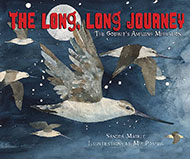


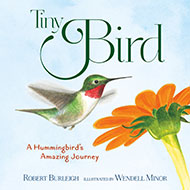
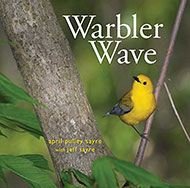
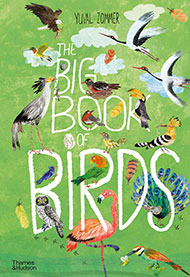
I just read FOLLOW THE FLYWAY at my local independent bookstore. What a great book! Fun text to read aloud, beautiful illustrations, and lots of great information in the back matter. Congratulations, Sarah!
Thank you so much, David! I’m so happy you enjoyed it.
Do you know about the simple picture book “Sweep Up the Sun” by Helen Frost and Rick Lieder? (Candlewick, 2015). It is a poem with photographs of birds in flight, and would be a great addition to this list. I look forward to getting a copy of “Follow the Flyway” to read and share!
Thank you for this recommendation, Heidi. Sweep Up the Sun looks gorgeous, and what an evocative title!
Such a beautiful book, Sarah! “Follow the Flyway” is a perfect example of something wonderful happening when you follow your curiosity!
Thank you, Mark. Yes, curiosity can be golden.